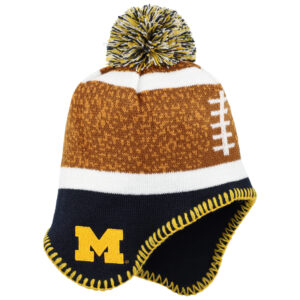Report on the Future of Blockchain Governance with Q Protocol
ants, sets the rules for stakeholders such as validator nodes, root nodes, and QGOV token holders. Validator nodes maintain network integrity, while root nodes ensure compliance with the Q Constitution. QGOV token holders can participate in governance decisions, delegate voting and staking rights, and receive rewards by depositing tokens in the Q Vault.
The QGOV token was launched in July 2024, with a market cap of $8.56 million. It allows stakers to vote and share protocol revenue and is traded on MEXC and Elk Finance. New QGOV tokens are continuously minted through a block subsidy mechanism to reward stakeholders in the ecosystem.
Stakeholders in a Q Vault receive governance fees, transaction fees, slashing penalties, and inflation subsidies as compensation for providing governance security. Validators are compensated based on their stakes, with a 15% APY yield, while root nodes receive a fixed amount to promote diversity and prevent corruption.
Q Protocol’s governance framework has attracted partners from diverse sectors such as DeFi, real-world asset tokenization, and cross-chain interoperability. Projects like Gosh and Hyperplane are integrating Q’s governance tools to create secure, decentralized solutions across multiple blockchain networks.
The internal ecosystem of Q Protocol is growing, with fifteen DAOs and governance projects being built on the platform. Projects like DeSci Worlds are using Q’s governance services to manage their governance processes efficiently and reduce manipulation risks.
Overall, Q Protocol’s hybrid governance approach is gaining recognition for its unique combination of on-chain mechanism and legal agreements. As more projects adopt this framework, the future of blockchain governance is set to be more stable, secure, and decentralized.




